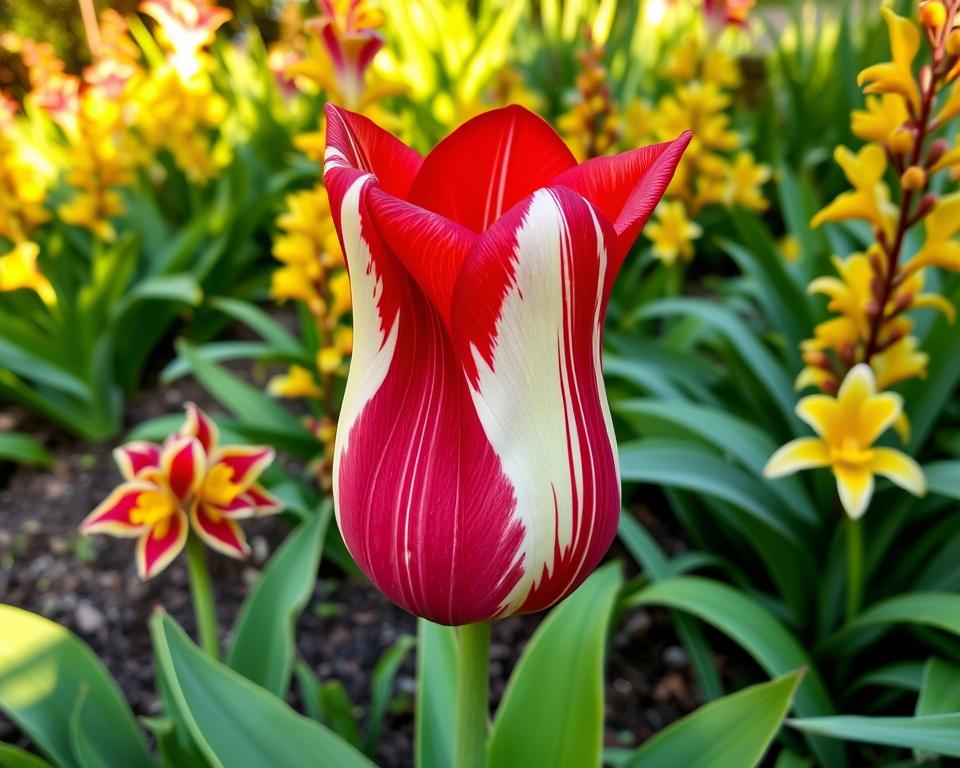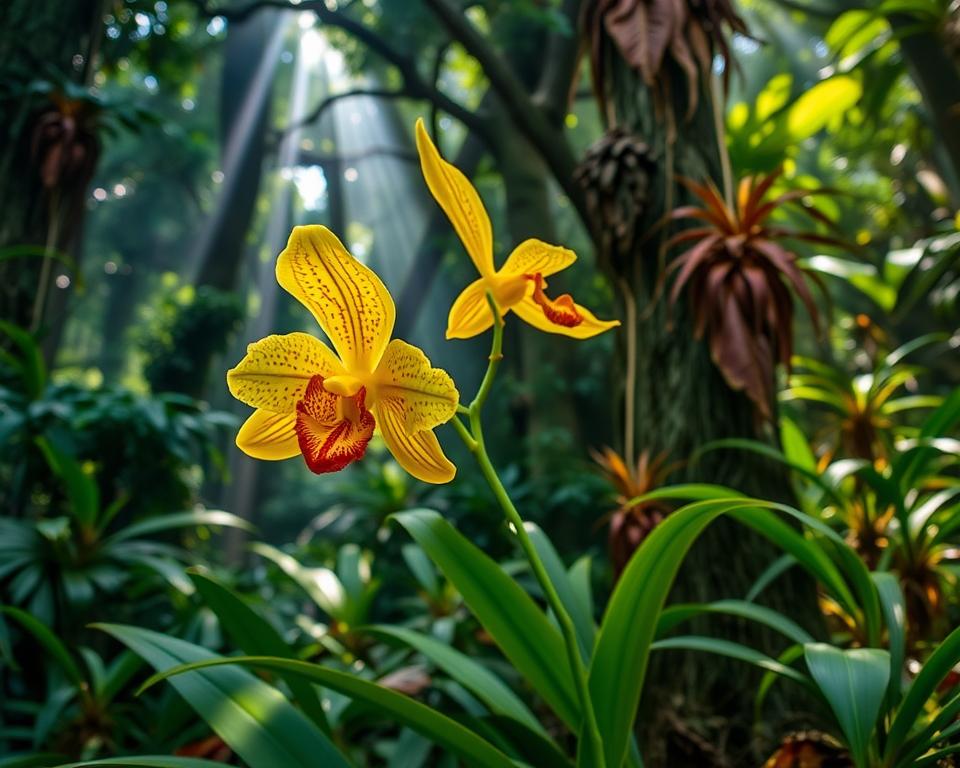Heliotrope: The Ultimate Care and Cultivation Tips
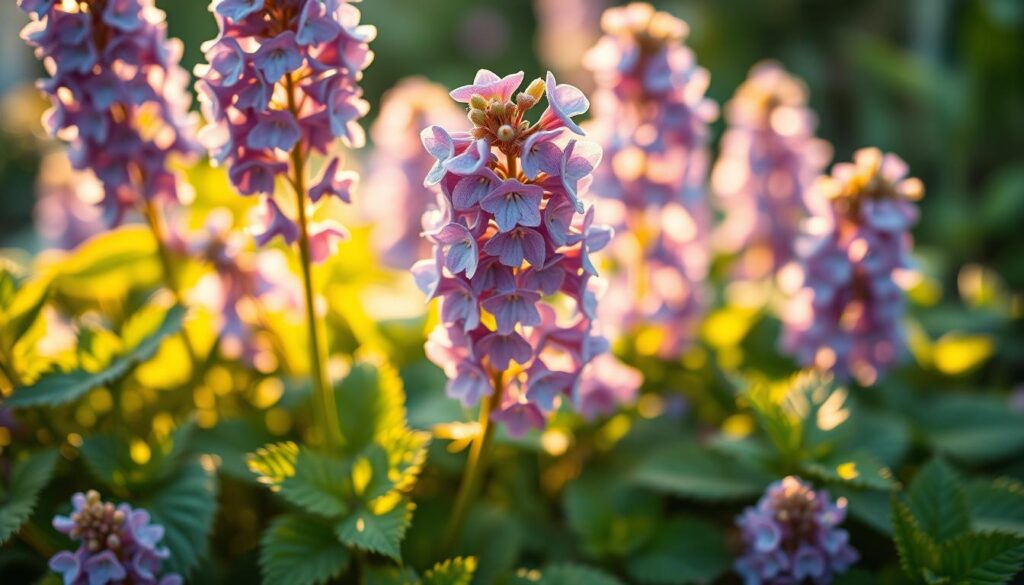
Many gardeners love the heliotrope plant for its bright, fragrant flowers. These flowers draw hummingbirds and butterflies to their gardens.
To grow heliotrope, it’s important to know the basics of care and cultivation. For a detailed guide, check out the heliotrope flower page for expert tips.
With the right techniques, anyone can enjoy heliotrope in their garden. Proper care ensures the heliotrope thrives.
It will then produce lots of fragrant flowers, attracting pollinators and adding color to the garden.
1. Introduction to Heliotrope
Heliotrope is a flowering plant known for its fragrant, purple flowers. It has been a staple in gardens for centuries. The heliotrope meaning is deeply rooted in its history and symbolism.
Understanding the heliotrope meaning and symbolism can deepen one’s appreciation for this plant. It’s more than just a beautiful addition to any garden.
The heliotrope symbolism is often associated with devotion and faithfulness. It makes a meaningful gift for loved ones. As we explore heliotrope, knowing its significance and role in your garden is key.
With its rich history and symbolism, heliotrope adds depth and meaning to any garden.
What is Heliotrope?
Heliotrope is a flowering plant native to the Americas. It’s known for its fragrant, purple flowers that bloom in summer. The plant is easy to care for and thrives in various conditions.
Whether you want to add color to your garden or create a meaningful gift, heliotrope is a great choice.
| Characteristics | Description |
|---|---|
| Flower Color | Purple |
| Flowering Time | Summer |
| Native Region | Americas |
2. Understanding Heliotrope Varieties
There are many heliotrope varieties to pick from, each with its own special traits. The heliotrope flower is loved for its purple color and sweet scent. Choosing the right heliotrope for your garden can be tough. But knowing the differences between each type helps you decide.
For small gardens or pots, the compact heliotrope varieties are great. The taller, more sprawling types are perfect for bigger spaces. No matter what you’re looking for, there’s a heliotrope that fits your garden style. The heliotrope plant adds beauty and charm to any garden, with its stunning heliotrope flower.
What Types of Heliotrope Exist?
Popular heliotrope types include ‘Marine’ and ‘Fragrant Delight’. Each variety has its own flower color, growth habit, and scent. Picking the right heliotrope plant can bring elegance and beauty to your garden.
Distinguishing Characteristics
Knowing the unique traits of each heliotrope variety helps you choose the best one. The ‘Marine’ variety has delicate purple flowers, while ‘Fragrant Delight’ has a sweet scent. Understanding these differences lets you pick the perfect heliotrope for your garden.
3. Ideal Growing Conditions for Heliotrope
Heliotrope care means giving it the right place to grow. This includes the soil and light it needs. By doing this, your heliotrope will grow better and fight off pests and diseases.
Heliotrope likes soil that drains well and has a pH of 6.0 to 7.0. The soil should also have compost or manure for nutrients. It needs full sun to partial shade, making it great for gardens with different sun levels.
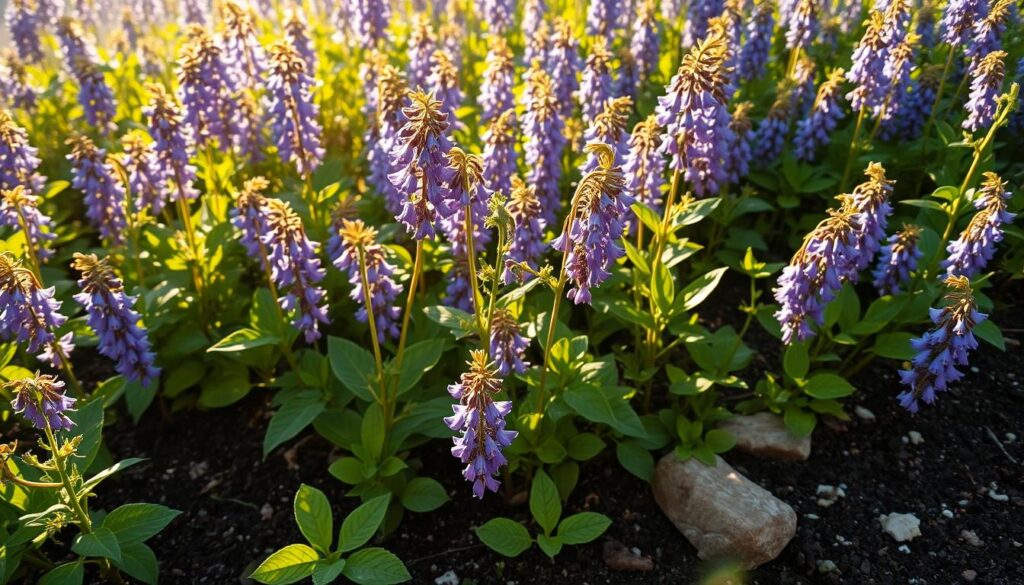
Soil Requirements
The best soil for heliotrope has sand, silt, and clay. This mix helps with drainage and keeps moisture and nutrients. Adding compost or manure makes the soil better for heliotrope.
Light Exposure Needs
Heliotrope does well in full sun to partial shade. But, it might need more water in full sun to keep the soil moist. With the right light and water, your heliotrope will bloom beautifully.
| Soil Type | pH Range | Light Exposure |
|---|---|---|
| Well-draining soil | 6.0 to 7.0 | Full sun to partial shade |
4. Planting Heliotrope: Step-by-Step Guide
Planting heliotrope is easy and needs some planning for a good start. The best times are spring or fall, when the weather is mild. This helps the plant grow strong before summer’s heat or winter’s cold.
Heliotrope blooms release a sweet scent that fills the air. It’s a favorite for gardens and flower arrangements. The scent is unmistakable and can be enjoyed in many ways, like cut flowers or potpourri.
To plant heliotrope, pick a spot with well-draining soil and full sun to partial shade. Loosen the soil to 12 inches deep and add compost or manure.
When to Plant Heliotrope
In mild winters, plant heliotrope in the fall, 8 to 10 weeks before the first frost. In harsh winters, plant in spring after the last frost. This helps the plant grow strong before summer.
How to Plant Heliotrope
Dig a hole 2 to 3 times as wide and deep as the plant’s root ball. Carefully remove the plant and place it in the hole, making sure the crown is level. Fill the hole with soil, tamping it down to avoid air pockets. Water well and keep the soil moist for a few weeks.
With the right care and planting, heliotrope thrives. It shows off purple flowers and a sweet scent. Follow these steps and plant at the right time to enjoy heliotrope’s beauty and fragrance in your garden.
| Planting Time | Location | Soil Requirements |
|---|---|---|
| Spring or Fall | Full sun to partial shade | Well-draining soil with organic matter |
5. Watering and Fertilizing Heliotrope
Heliotrope needs the right amount of water and nutrients to grow well. It’s important to water it regularly but avoid too much water. This can cause root rot and other issues. Water heliotrope when the top inch of soil feels dry.
For fertilizing, use a balanced fertilizer with nitrogen, phosphorus, and potassium. A 10-10-10 ratio is a good start. Heliotrope eats a lot, so it might need more fertilizer when it’s growing.
Here is a summary of the watering and fertilizing needs of heliotrope:
| Watering | Fertilizing |
|---|---|
| Water when top inch of soil feels dry | Use a balanced fertilizer (10-10-10) |
| Avoid overwatering | Fertilize regularly during growing season |
How Often Should Heliotrope Be Watered?
How often to water heliotrope depends on the climate and soil. Generally, water it when the top inch of soil is dry.
Best Fertilizers for Heliotrope
Start with a balanced fertilizer, like 10-10-10. Remember, heliotrope eats a lot, so it might need more fertilizer when it’s growing.
6. Common Pests and Diseases Affecting Heliotrope
The heliotrope plant can face pests and diseases like any other plant. Knowing the common issues helps you prevent them. The heliotrope flower adds beauty to gardens but can get pests like aphids and whiteflies. It can also get diseases like powdery mildew.
It’s important to watch your heliotrope plant closely. Look for signs of pests or diseases often. Acting fast if you see a problem can stop it from getting worse. This keeps your heliotrope flower safe.
Identifying Pests
Aphids and whiteflies are pests that can harm heliotrope. They suck sap from leaves and stems, weakening the plant. Regular checks can help spot these pests early.
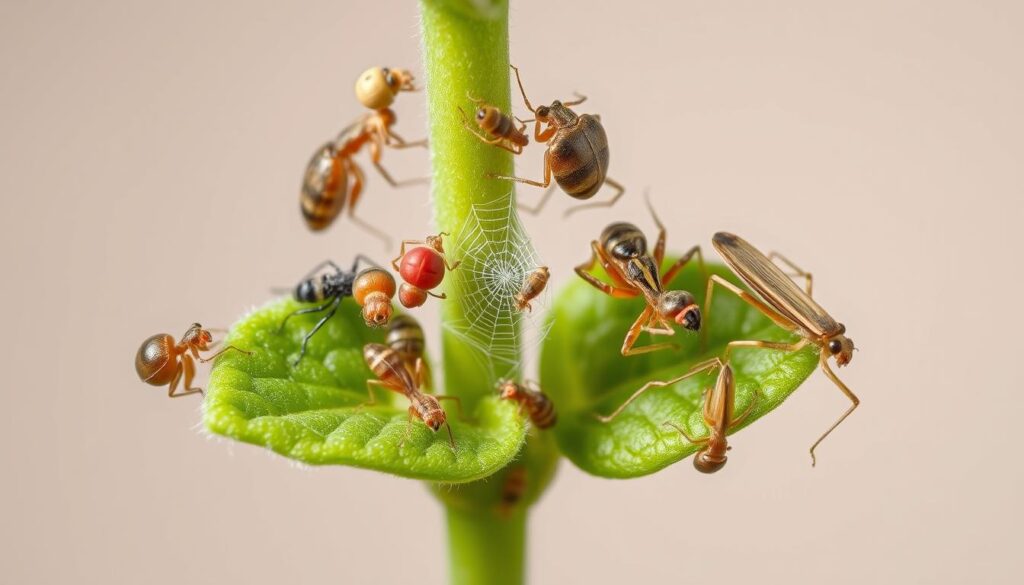
Prevention and Treatment
To keep pests and diseases away, give your heliotrope the right care. It needs enough light, water, and nutrients. Pruning and maintenance help too, by removing weak parts. If pests or diseases show up, use treatments like insecticidal soap or fungicides. Taking care of your heliotrope plant keeps it healthy and beautiful.
7. Pruning and Maintenance Tips for Heliotrope
Regular pruning is key for healthy heliotrope growth. It keeps the plant from getting too tall and helps it stay bushy. Knowing when and how to prune ensures your heliotrope stays vibrant and healthy.
Pruning your heliotrope regularly encourages new growth. Cut the stems back to about half their length to promote bushy growth. This also helps the plant stay fragrant and attractive.
Heliotrope is easy to care for but needs regular watering and fertilizing. These simple steps help your heliotrope thrive and look great.
Best Pruning Techniques
For effective pruning, prune your heliotrope in the spring after the last frost. This encourages new growth and prevents overgrowth. Prune it regularly during the growing season to keep it bushy and prevent legginess.
| Pruning Technique | Benefits |
|---|---|
| Pruning in the spring | Promotes new growth, prevents overgrowth |
| Regular pruning throughout the growing season | Keeps the plant looking its best, prevents legginess |
8. Propagating Heliotrope: Methods to Consider
Sharing heliotrope plants with friends or growing more in your garden is easy. You can choose from several propagation methods. Heliotrope can be grown from seeds, cuttings, or division, making it simple to increase your collection.
There are a few ways to propagate heliotrope. Seed propagation is common. It involves collecting seeds from your plant and planting them elsewhere. Cuttings are another method, where you take a piece of your plant and put it in a new spot.
Seed Propagation
Seed propagation is a straightforward way to grow heliotrope. Start by collecting seeds from your plant. Plant them in a seed tray or small pots with a good seed starting mix. Keep the soil moist and warm until they sprout. Then, move them to bigger pots or your garden.
Cuttings and Transplanting
Cuttings are another way to propagate heliotrope. This method involves taking a piece of your plant and moving it to a new location. Choose a healthy stem with lots of leaves and cut it off. Remove lower leaves and plant the cutting in a pot with good drainage. Keep it moist and warm until it roots, then move it to a bigger pot or your garden.
9. Heliotrope in Landscaping and Garden Design
Heliotrope is a versatile plant for garden design. It can be used in many ways, like in companion planting or container gardens. Its unique scent and perfume make it a standout in any landscape. By understanding its growth habits, you can use heliotrope in creative ways.
One popular use is companion planting. Pair heliotrope with other plants that complement its growth and fragrance. For example, it pairs well with roses or lavender, creating a fragrant garden bed.
Companion Planting Ideas
There are many options for companion planting with heliotrope. Marigolds, zinnias, and petunias are popular choices. These plants enhance the heliotrope scent and add color to the garden.
Creative Uses in Gardens
Heliotrope can also be used in creative ways in garden design. It’s great for container gardens, hanging baskets, or as a ground cover. Its perfume makes it perfect for fragrant and beautiful gardens.
10. Conclusion: Enjoying Your Heliotrope’s Beauty
Heliotrope is a captivating plant that adds beauty and fragrance to any garden. By following the care and cultivation tips in this article, your heliotrope will thrive. It’s perfect for its stunning flowers, intoxicating scent, or just the joy of nurturing a vibrant plant.
As you care for your heliotrope, enjoy its unique qualities and the joy it brings to your garden. With the right growing conditions and TLC, it will reward you with beautiful blooms and a captivating aroma. Let heliotrope enhance the beauty of your garden.
